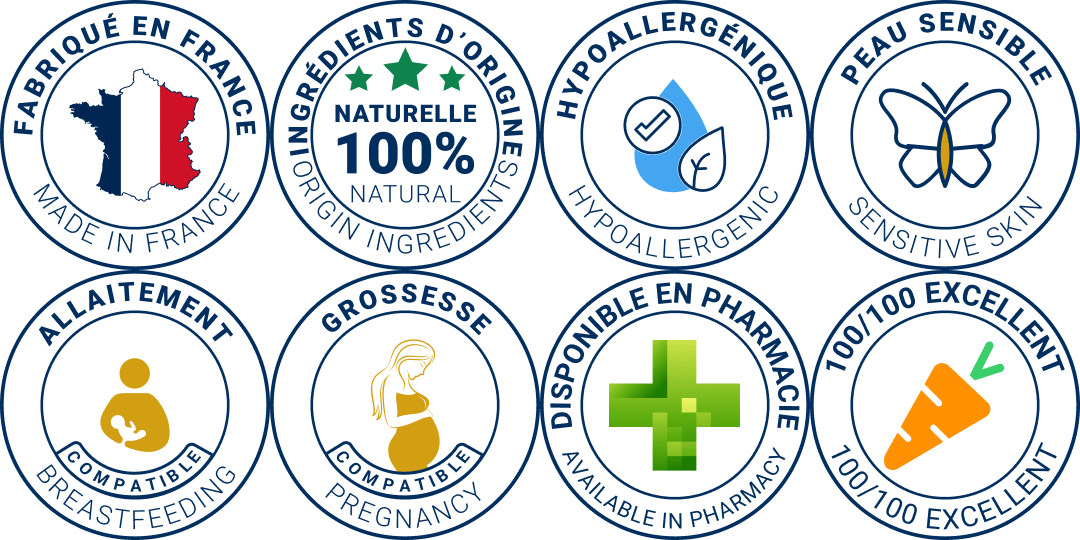Reading Time: mins
Hereditary Hemorrhagic Telangiectasia (HHT), also known as Rendu-Osler-Weber syndrome, is a genetic disorder resulting in the abnormal formation of blood vessels. These vessels, fragile and distended, can cause spontaneous hemorrhages and manifest themselves on the skin, mucous membranes and in certain internal organs. This article provides a comprehensive overview of the genetic etiology, symptoms and management of THH.
THH is linked to genetic mutations affecting angiogenesis, the process of creating new blood vessels. The main mutations are found in the ENG, ACVRL1, and SMAD4 genes, disrupting the TGF-beta signaling pathway, critical for the development and maintenance of blood vessels. Capturing these molecular details is essential for diagnosing the condition and developing targeted treatments.
Diagnosis of this disease is based on an assessment of family history and clinical symptoms, supported by genetic testing to determine precise mutations. This approach enables us to refine the diagnosis and propose tailored, personalized treatments.
Management of THH involves regular monitoring of areas susceptible to complications, in order to prevent or intervene rapidly in bleeding incidents. Treatments can include drug interventions, procedures such as laser photocoagulation, or surgery for the most severe cases. It is also essential to pay particular attention to early gastrointestinal bleeding and pulmonary arteriovenous malformations, due to their potential for major complications.
Patients are advised to modify their lifestyle habits to minimize the risk of bleeding, and to adopt stress management techniques to improve their quality of life. Psychological support and educational programs concerning the disease are crucial in helping patients.
Ongoing advances in research are improving our understanding of THH, offering new perspectives for the diagnosis and treatment of this condition. With the right support and information, people with THH can aim for a fully active life. For further details, please visit Vernixa.com.


All Rights Reserved | Tous Droits Réservés GTIN Compliance Hydra Lavant | GTIN Compliance Hydra Crème



